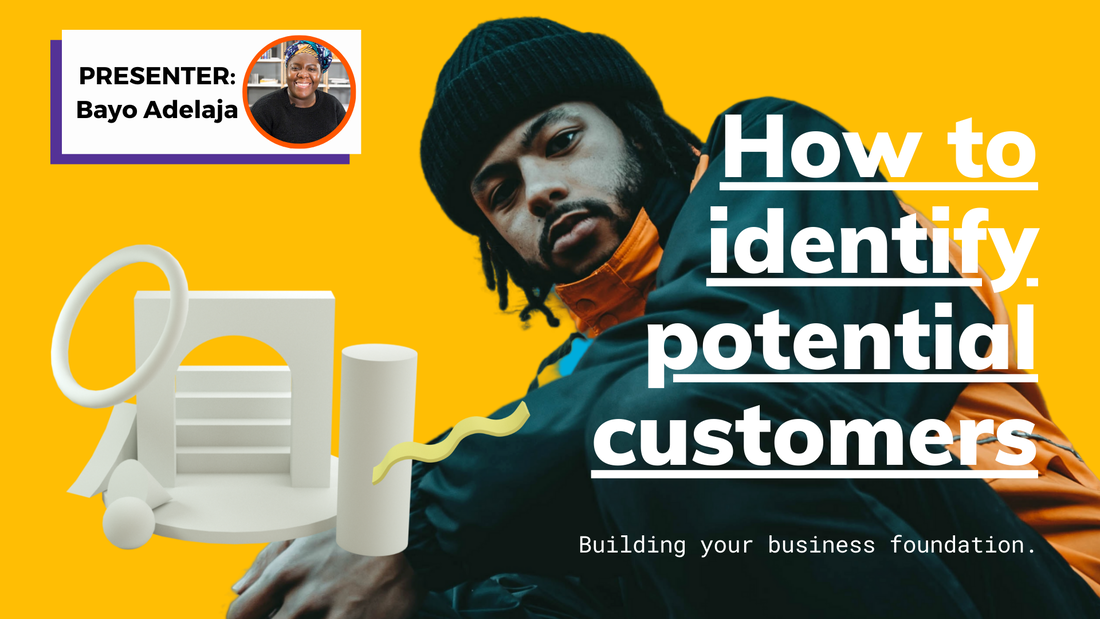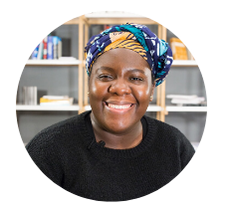How to identify potential customers
|
This week we’re talking about identifying customers. We’re going to be deep-diving into some theory, so I really recommend that you do the further reading this week to give you a better understanding.
Tasks
|
Downloadable resources Further reading
|








